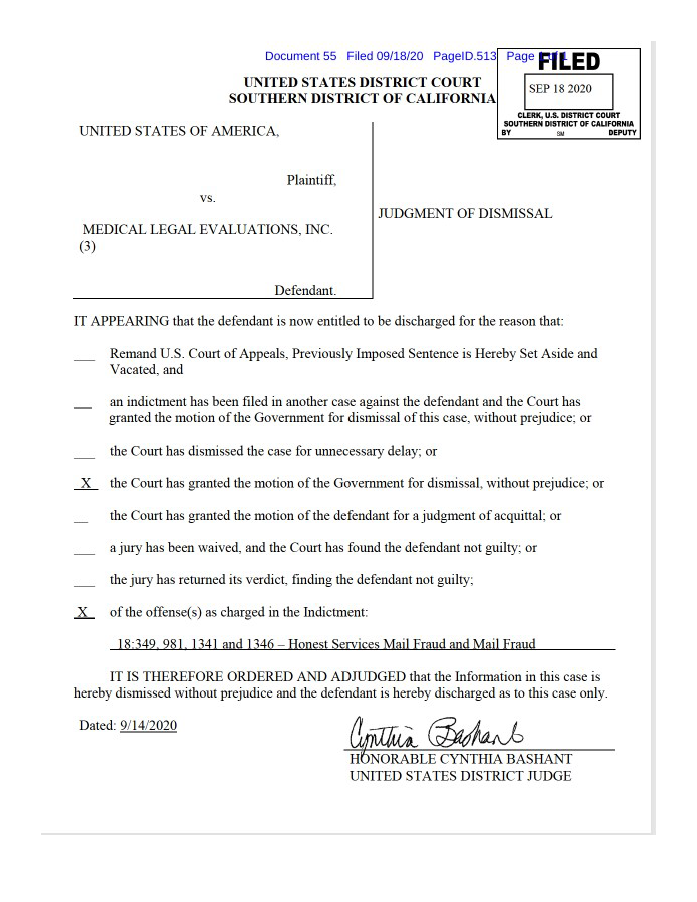Observational learning plays a crucial role in helping children with Down syndrome develop essential skills. Researchers have found that videotaped modeling effectively teaches children by showing them how to perform various tasks. This method allows children to learn by watching others, which helps them grasp new concepts more easily. The speed of presentation, however, may significantly impact the effectiveness of this learning method. In this study, we examine how presentation speed affects the learning process in children with developmental delays.
Observational learning in children with Down syndrome and developmental delays: the effect of presentation speed in videotaped modelling
1999 Aug;6(1):12-8. doi: 10.3104/reports.93.
G B Biederman 1, S Stepaniuk, V A Davey, K Raven, D AhnAffiliations Expand
- PMID: 10890243
- DOI: 10.3104/reports.93
Abstract
Children with severe developmental delays (three with Down syndrome and three with autism as the primary diagnosis) observed a videotaped model performing two basic dressing skills without prompting, verbal or otherwise, or explanation by an instructor. In a within-subjects design, dressing skills that were presented at a relatively slow presentation speed through videotaped modelling were eventually performed better than those presented at a relatively fast speed. These data in combination with evidence from this laboratory that passive modelling of basic skills is more effective than interactive modelling (e.g., Biederman, Fairhall, Raven, & Davey, 1998; Biederman, Davey, Ryder, & Franchi, 1994; Biederman, Ryder, Davey, & Gibson, 1991) suggest that standard instructional techniques warrant reexamination both from the basis of instructional effectiveness and the efficient use of the allotment of teacher time.
Starting back in 1998, Safety Works Medical Inc., provided its first Functional Capacity Evaluation utilizing computer assisted measuring devices in the California Workers’ Compensation system. As technology improved, so did our understanding of the application of the Functional Capacity Evaluation. In 2008 we published The Physicians’ Guide to Functional Capacity Evaluation, is partnership with the U.S. Federation of Chiropractic Licensing Boards and Canadian Memorial Chiropractic College.The Safety Works Medical Inc. Functional Capacity Evaluation Guidelines are taught in 24 States and 4 countries, and are currently accepted as the Gold Standard.
This textbook was approved by the California State Bar Association and DWC Medical Unit to teach attorneys, physicians and qualified medical evaluators.

Dr. Stephen A. Stepaniuk findings and work was used by the United States Department of Labor Employees’ Compensation Appeals Board to make disability claim decisions.
United States Department of Labor Employees’ Compensation Appeals Board
G.S., Appellant and U.S. POSTAL SERVICE, POST OFFICE, Santa Ana, CA, Employer
Docket No. 13-1649 Issued: December 24, 2013 Appearances: Case Submitted on the Record Alan J. Shapiro, Esq., for the appellant Office of Solicitor, for the Director DECISION AND ORDER Before: PATRICIA HOWARD FITZGERALD, Judge MICHAEL E. GROOM, Alternate Judge JAMES A. HAYNES, Alternate Judge
Dr. Stepaniuk work was used in over 10,000 claims in California Workers’ Compensation rulings.

